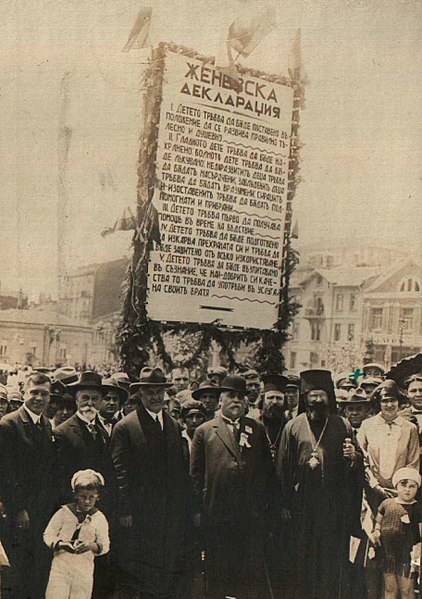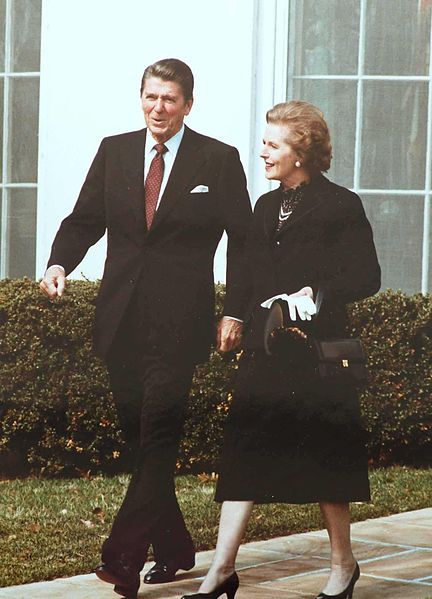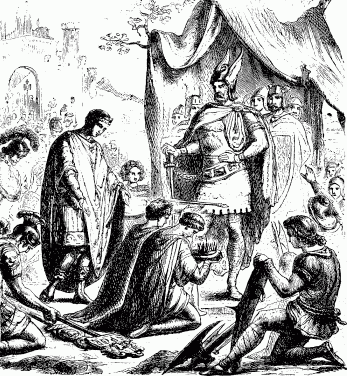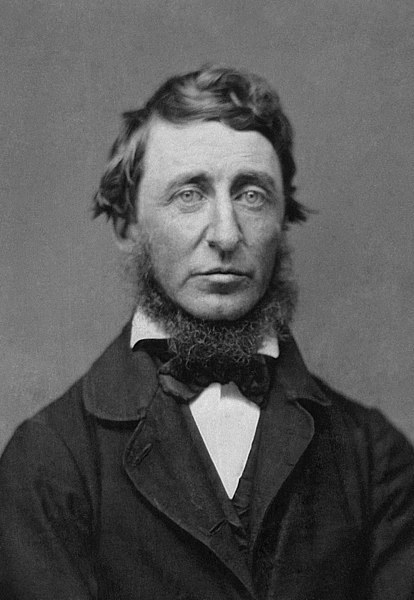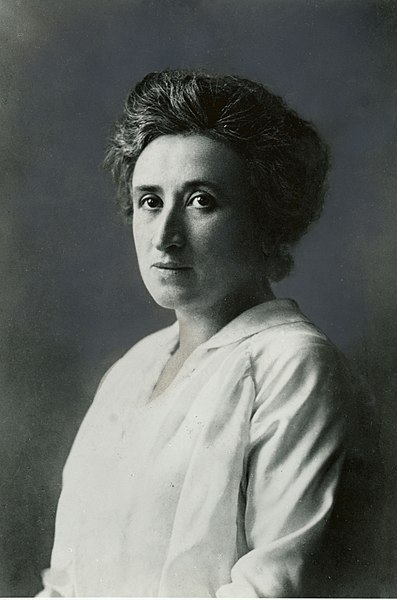
A Very Short Fact: On this day in 1919, Marxist theorist, anti-war activist, and economist Rosa Luxemburg died.
“Rosa Luxemburg (1871–1919) was a revolutionary Marxist in the German SPD. She was often deeply critical of the leadership of her own party because she believed it was becoming too dominated by short-term reforms and was losing sight of the ultimate goal of socialist revolution. However, she believed in mass action by the working class as the way of bringing about change and was critical of Lenin’s concept of a vanguard party. In 1903, she attacked it for ultra-centralism, which she equated with the ‘sterile spirit of the overseer:
Lenin’s concern is not so much to make the activity of the party more fruitful as to control the party – to narrow the movement rather than to develop it, to bind rather than unify it.
Once the Russian Revolution took place, she gave it cautious support and was a leading figure in the German Communist Party when it was established in December 1918. However, the next month she (and Karl Liebknecht, another prominent figure in the new party) were arrested by German cavalry officers, who were suppressing a revolutionary uprising. Both were murdered while in custody, so Luxemburg did not live to witness the subsequent development of the Soviet system and the uses that would be made of the Leninist party.” — From ‘Socialism: A Very Short Introduction’ by Michael Newman
[Pg. 40-1 — From ‘Socialism: A Very Short Introduction’ by Michael Newman]
Image via Wikimedia Commons

